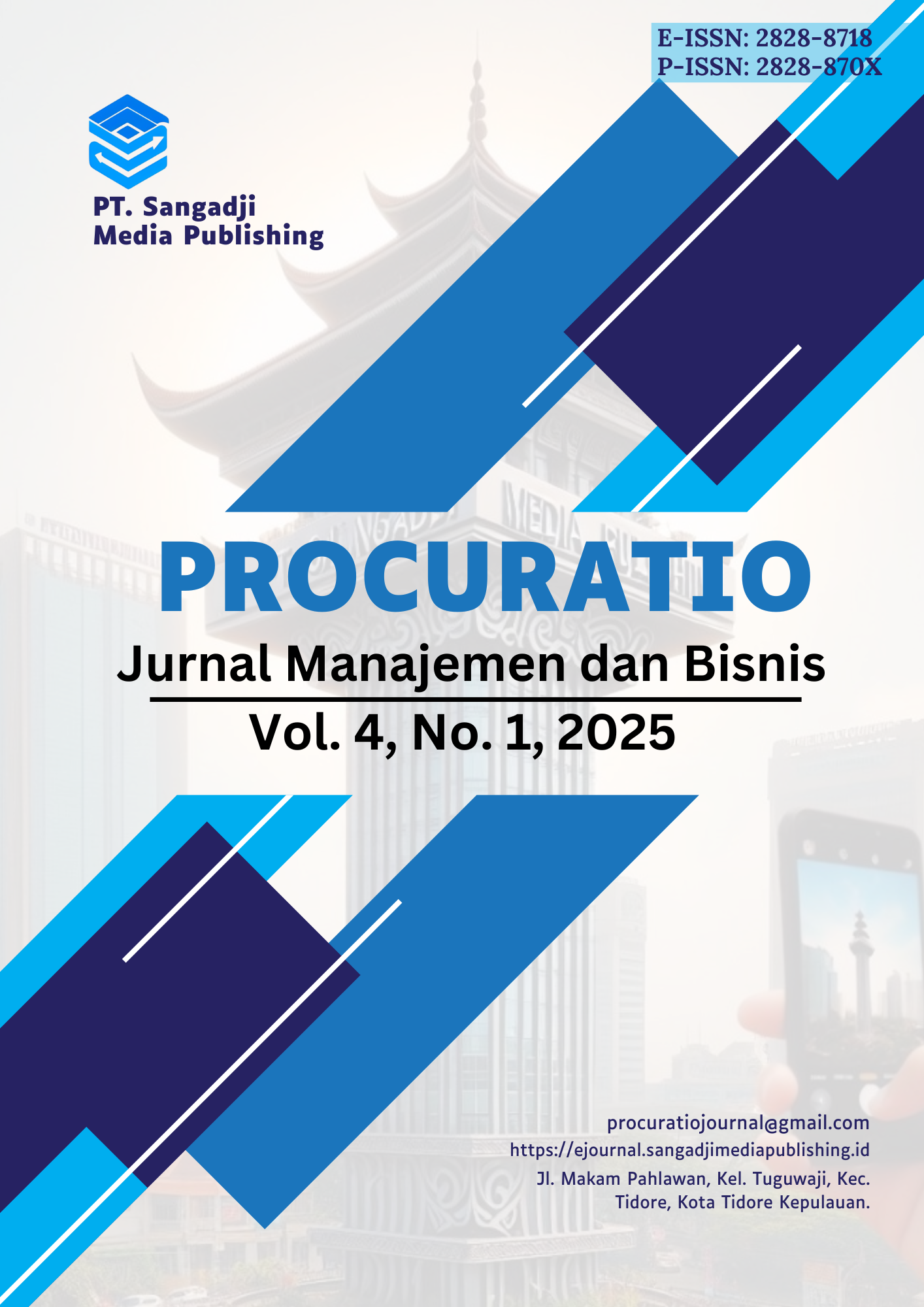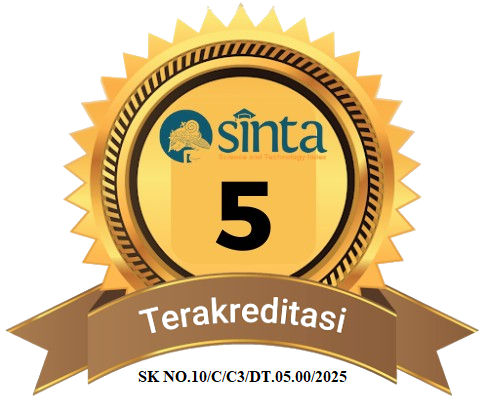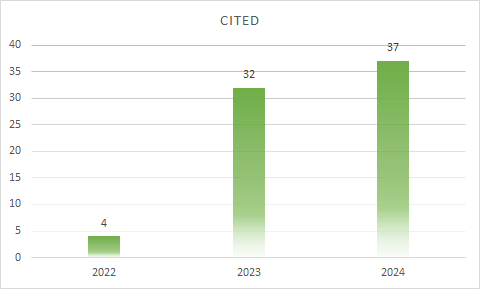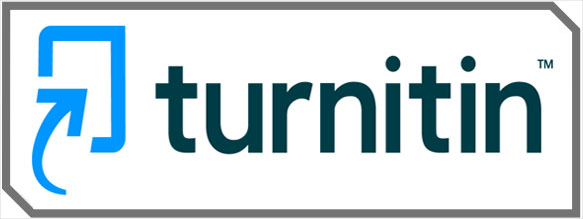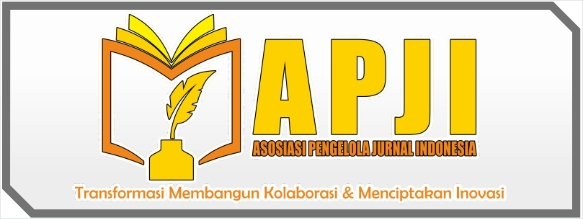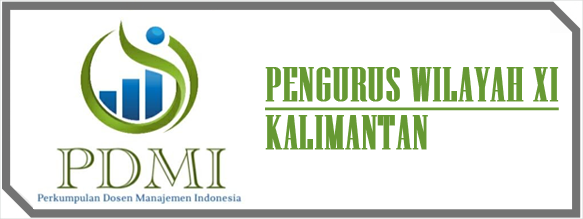Workplace Dynamics and Millennial Satisfaction in Startups: Investigating the Influence of Intensification, Flexibility, and Life Balance
DOI:
https://doi.org/10.62394/projmb.v4i1.181Keywords:
work intensification, work-life balance, work flexibility, job satisfationAbstract
Purpose – This study aims to investigate the effect of work intensification, work-life balance, and work flexibility on job satisfaction among millennial employees working in startup companies located in RW 15, Rangkapan Jaya Village, Pancoran Mas District, Depok City. The research addresses a significant gap in the literature by focusing on HR dynamics in small-scale startup contexts in Indonesia.
Design/method/approach – A quantitative cross-sectional design was employed, utilizing a saturated sample of 38 respondents. Data were collected through a structured questionnaire comprising validated scales for each variable. The analysis was conducted using Partial Least Squares Structural Equation Modeling (PLS-SEM) with SmartPLS 3.0, incorporating validity and reliability checks and bootstrapping for hypothesis testing.
Findings – The results indicate that all three independent variables—work intensification, work-life balance, and work flexibility—have a significant and positive effect on job satisfaction. Among them, work flexibility exerted the strongest influence, followed by work-life balance and work intensification.
Implications – Explain the theoretical or practical significance of your findings. This may include policy recommendations, managerial insights, or contributions to academic literature. Keep it concise but impactful.
Novelty/Originality – This research is distinct in its localized focus on millennial employees in startup environments within a single urban neighborhood in Indonesia. By integrating three critical constructs—work intensification, work-life balance, and work flexibility—into a single model, the study offers a novel and context-sensitive understanding of job satisfaction determinants.
Downloads
References
Afandi, P. (2016). Concept & Indicator Human Resources Management for Management Research. Deepublish.
Endeka, R. F. (2020). Work Life Balance dan Kompensasi terhadap Kepuasan Kerja Karyawan PT Hasjrat Abadi Cabang Kotamobagu. Productivity, 1(5), 436–440.
Fattah, H. (2017). Kepuasan Kerja dan Kinerja Pegawai. Elmatera.
Ghozali, I. (2014). Structural Equation Modeling: Metode Alternatif Dengan Partial Least Squaries (PLS) (Ed. 4). Universitas Diponegoro.
Haar, J. M., Russo, M., Suñe, A., & Ollier-Malaterre, A. (2014). Outcomes of work-life balance on job satisfaction, life satisfaction and mental health: A study acHaar, J. M. … Ollier-Malaterre, A. (2014). Outcomes of work-life balance on job satisfaction, life satisfaction and mental health: A study across seven cultu. Journal of Vocational Behavior, 85(3), 361–373. https://doi.org/10.1016/j.jvb.2014.08.010
Hasibuan, M. S. . (2019). Manajemen Sumber Daya Manusia (Edisi Revisi). Bumi Aksara.
Jackson, L. T. B., & Fransman, E. I. (2018). Flexi work, financial well-being, work–life balance and their effects on subjective experiences of productivity and job satisfaction of females in an institution of higher learning. South African Journal of Economic and Management Sciences, 21(1), 1–13. https://doi.org/10.4102/sajems.v21i1.1487
Korunka, C., & Kubicek, B. (2017). Job demands in a changing world of work: Impact on workers’ health and performance and implications for research and practice. Job Demands in a Changing World of Work: Impact on Workers’ Health and Performance and Implications for Research and Practice, 1–169. https://doi.org/10.1007/978-3-319-54678-0
Lawrence, D. F., Loi, N. M., & Gudex, B. W. (2019). Understanding the relationship between work intensification and burnout in secondary teachers. Teachers and Teaching: Theory and Practice, 25(2), 189–199. https://doi.org/10.1080/13540602.2018.1544551
Lubis, B., & Mulianingsih, S. (2019). Keterkaitan Bonus Demografi dengan Teori Generasi. Jurnal Registratie, 1(1), 21–36.
Luturlean, B. S., Prasetio, A. P., Anggadwita, G., & Hanura, F. (2021). Does work-life balance mediate the relationship between HR practices and affective organisational commitment? Perspective of a telecommunication industry in Indonesia. International Journal of Learning and Intellectual Capital, 18(2), 154–172. https://doi.org/10.1504/IJLIC.2021.114603
Ma, X. (2018). The effect mechanism of work flexibility on employee job satisfaction. Journal of Physics: Conference Series, 1053(1), 0–7. https://doi.org/10.1088/1742-6596/1053/1/012105
Scholarios, D., & Marks, A. (2004). Work-life balance and the software worker. Human Resource Management Journal, 14(2), 54–74.
Sinambela, L. P. (2016). Manajemen Sumber Daya Manusia (Suryani & R. Damayanti (eds.); Pertama). PT Bumi Aksara.
Sugiyono. (2019). Metode Penelitian Kuantitatif, Kualitatif dan R&D. Alfabeta.
Surajiyo, Nasruddin, & Paleni, H. (2020). Penelitian Sumber Daya Manusia, Pengertian, Teori Dan Aplikasi (Menggunakan Ibm Spss 22 For Windows). Deepublish.
Wang, F., Pollock, K., & Hauseman, C. (2018). School Principals’ Job Satisfaction: The Effects of Work Intensification. Canadian Journal of Educational Administration and Policy, 185, 73–90.
Yang, T., Qu, X., & Lan, Y. (2021). The Relationship Between Work Intensification and Employee Learning in a Cognitive Appraisal Perspective. 517(Sschd 2020), 962–968. https://doi.org/10.2991/assehr.k.210121.187
Downloads
Published
How to Cite
Issue
Section
License
Copyright (c) 2025 Naura Indah Adiba, Zackharia Rialmi

This work is licensed under a Creative Commons Attribution-ShareAlike 4.0 International License.

